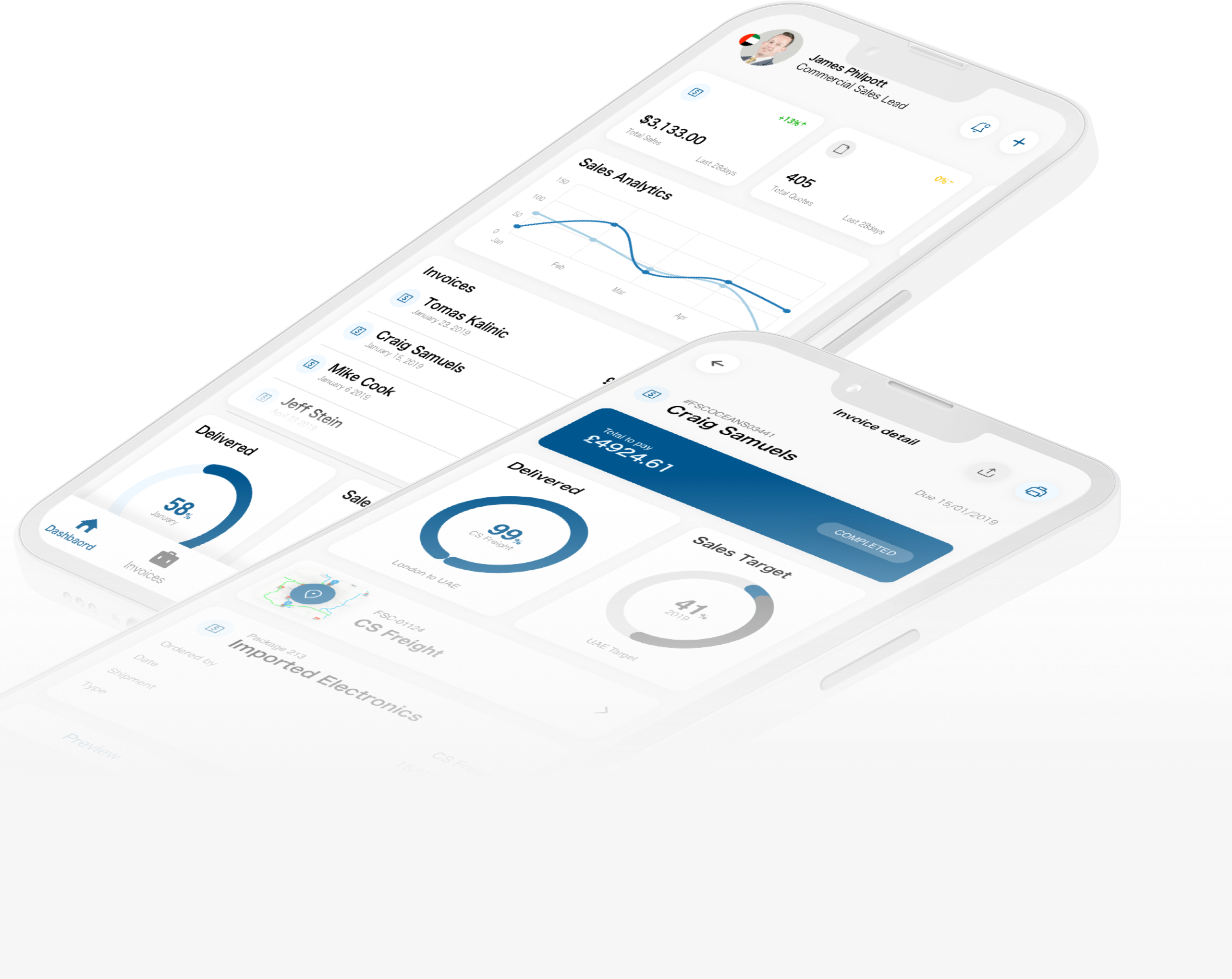

IFSC Group
•
2019
IFSC Group is a privately owned International Freight Forwarding specialist, based in London, England. While, also operating from offices in China, Hong Kong, Jordan, Iraq and United Arab Emirates. The business has been established since 1996, Where IFSC Group created and implemented tailored, streamlined logistics solutions that delivered reliable, cost effective value to our Customers’ supply chain.
The freight forwarding industry is slowly turning into more of a technology driven industry, with major firms like Tesla trying to spread their technological footprint into the ship/vessel and land vehicle industry, while IBM is working on blockchain encryption on transactions to totally transform the way shipments are handled in various ports.
While the current freight forwarding architecture heavily relies on paper and dated forms of processing the scope for technological influence is readily available, but without global reform and world wide acceptance there is little to no integration of what is so standardly used in other industries.
IFSC Group hired me on the basis of building a freighting tool (app) that would encapsulate treatments for multiple processing nuances that had hampered the company from becoming a streamlined and optimally functioning global freight service. To name a few of these unironed issues were - a universal dashboard that would help sales technical and non-technical to track and log sales into SalesForce via an easier to use dashboard, which would also work in creating transparency for the headquartered offices in London to keep track of.
The main reason for the internal app was based on a real time freight pricing tool that would allow sales representatives to quickly work out an estimated price for a particular shipment when they visited various business to propose quotes - with the initial process involving the sales representative having to return to his or her offices and speaking to various bodies in the business to calculate a quote, IFSC Group wanted to aggregate this process into one platform.
Product Owner & Designer
UX/UI
Backend Logic (Python)
System Design
Product Strategy
Front-end Development
Rapid Prototyping & Wireframing
Alan Hewitt, Chief Executive Officer
David Oak-Parsons, Head of Operations
Ryan Bifield, Sales Manager
James Oliver, Web Engineering
Sales Team, Testers
Two of the main issues were the complexity and usability of SalesForce for a non-technical user and the ability to perform useful tasks in the SalesForce apps without a series of onboarding sessions.
The second issue was the multiple hands and hoops a sales representative would have to go through to get a quote for a shipment to present to a potential customer.

Before creating this app's first guides and wireframes, I conducted some market research into what was already being used internally at some other major logistics companies. The marketing team at IFSC Group, were my first line of attack and as many of the personnel the company had sourced were from major firms such as Kuhne-Nagel and DHL, it was imperative I gained insight from these individuals on how and what will be necessary for the MVP stages of the apps life cycle.
I also had a deep dive into the SalesForce API to gather as many endpoints of data that I could get my hands on to really flesh out the experience of the app to make it a strong alternative to using the SalesForce dashboard. This information would begin to give me the schema that would allow me to start ideating for features and flows that would be needed to display data and the multiple interactions needed from these features.
Our culturally diverse team have the experience and expertise to manage complex cargo and its associated challenges across a broad spectrum of industry sectors, including Automotive, FMCG, Industrial, Oil & Gas, High Tech, Retail, Drinks Logistics and Marine Logistics. We work with Customers of all sizes and complexity, building long-term relationships and negotiating exclusive contracts with the world’s leading air, sea and road carriers, delivering exceptional value.
The first challenge was to create a dashboard that would give the user as much insight as the SalesForce equivalent, but without all the unnecessary widgets and graphs. While, SalesForce has an established user base, who are able to navigate the platform without any hiccups, the platform is click heavy and relies on the user knowing the patterns and buttons to click to get what they want and this is either built up over time via usage or a series of onboarding sessions.
Populated dashboard using SalesForce API.
Dichotomy of the quotation builder.